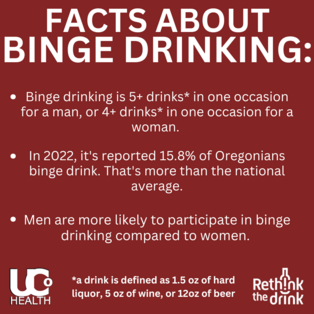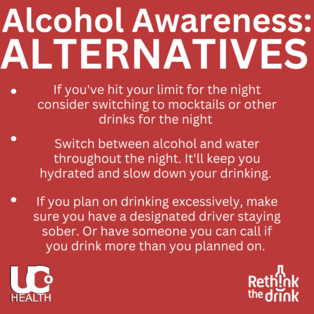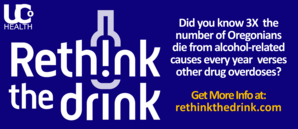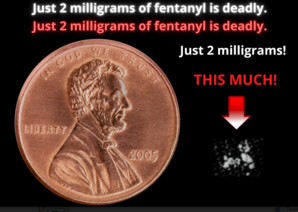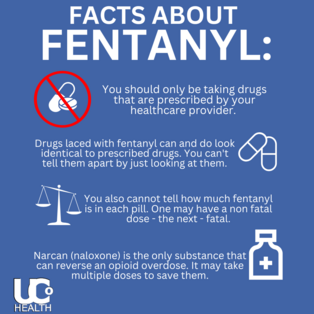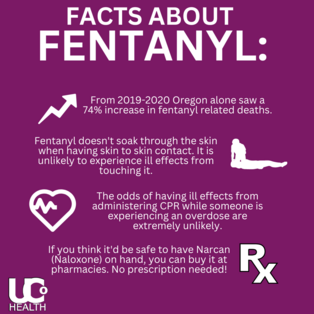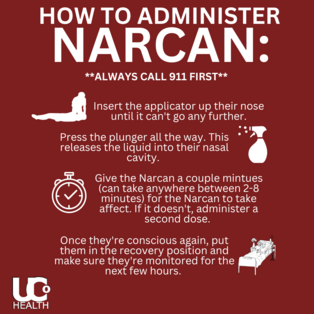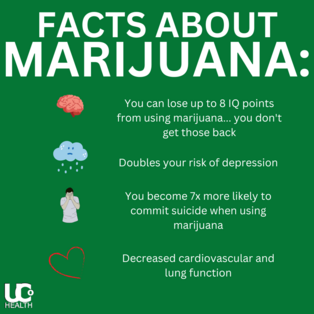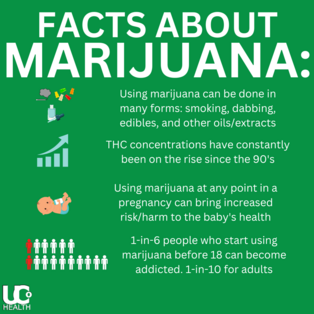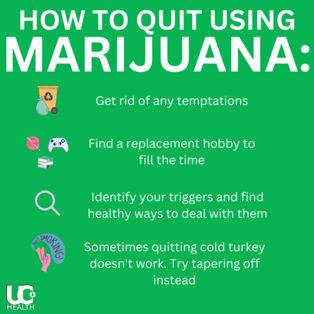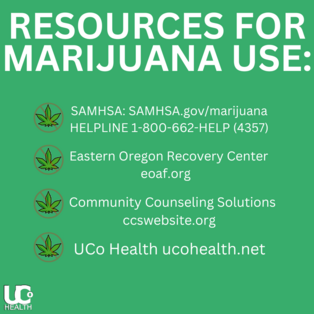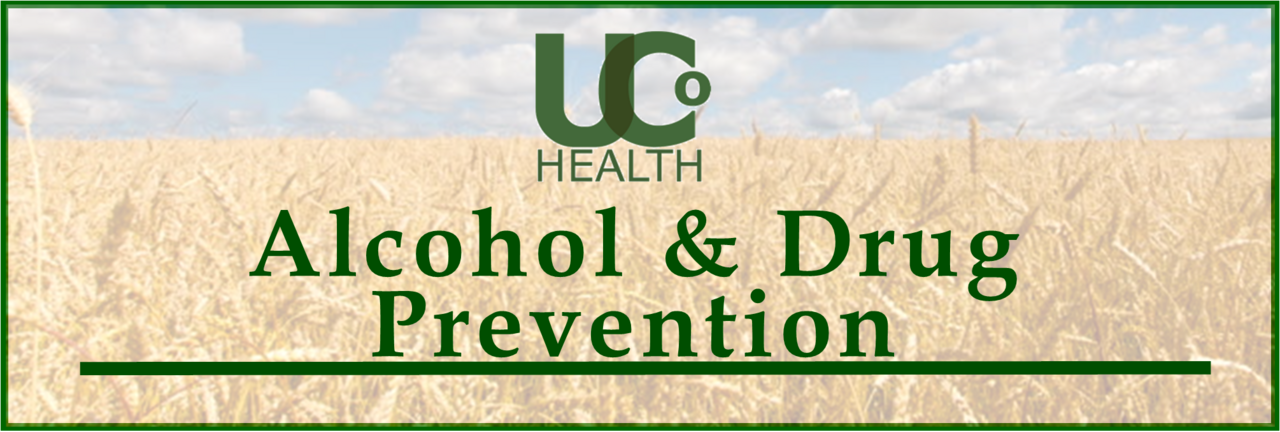
Alcohol and Drug Prevention and Education Program (ADPEP) strives to prevent substance use by reducing risk factors and increasing protective factors associated with alcohol, tobacco and other drugs. The Overdose Prevention Program at UCo Health works closely with the Alcohol and Drug Prevention and Education Program (ADPEP) to prevent substance use by reducing risk factors and increasing protective factors associated with alcohol, tobacco and other drugs. 78% of Oregonians know someone with a substance use disorder. Our program aims to reduce overdose in our community by supporting harm reduction services, providing access to Naloxone, and implementing educational programs to reduce and prevent substance use. The Oregon Health Department offers additional information, follow this link for more: Alcohol & Drug Prevention .
Please review the list of resources available below. If you need more information, contact UCoHealth, 541-278-5432.

The “candy” shown above has been marketed as anti-anxiety medication, similar to Xanax, that has been illegally purchased online and packaged in colorful candy wrappers. What individuals are actually getting however, is Fentanyl, a drug between 50 and 100 times more powerful than morphine, and is closely associated with the rise in overdose deaths in Oregon and throughout the United States.
Prevention Resources:
The ReThink the Drink Campaign offers valuable insights and information to help in reassessing alcohol intake.
Know What To Watch For: The signs and symptoms of drug use can vary, but early intervention is the best defense. The longer one uses, the harder it is to stop and the more likely they are to experience withdrawal and relapse. The following signs and symptoms may help you recognize someone who is using:
-Difficulties at work or school
-Changes in physical appearance
-Changes in behavior, particularly a desire for privacy
-Drastic changes in relationships
-Financial management issues (increased spending/borrowing, not paying bills)
-Changes in appetite and energy
-Bloodshot eyes, poor skin tone, appearing tired or ill
-Defensive when asked about substance use
Information Regarding Teens:
https://www.hazeldenbettyford.org/articles/warning-signs-teen-substance-use
https://drugfree.org/article/spotting-drug-use/
https://drugfree.org/substance-use-risk-assessment/
https://drugfree.org/wp-content/uploads/2022/01/Parents-for-Tweens-Playbook-062821.pdf
https://drugfree.org/wp-content/uploads/2022/01/Playbook-for-Parents-of-Teens-062821.pdf
Follow this link for more information on counterfeit perscriptions.
Preventing an Overdose:
-Take all medications as prescribed
-Do not mix substances or combine with alcohol
-Store all substances safely
-Never share prescriptions or other substances
-Never Use Alone - https://neverusealone.com / 1-800-484-3731
Click Below for Additional Information:
http://staysafeoregon.com/prevent-overdose/ways-prevent-overdose/
Oregon Health Authority Resources
Recognizing an Overdose: An overdose can occur for a number of reasons; taking an excess of a drug or medication, mixing drugs (or drugs and alcohol), using after a prolonged period of abstinence, using alone, or using in conjunction with serious medical conditions. Recognizing an overdose is critical and requires a rapid response.
The signs of an overdose are:
-The person is unresponsive and can not be woken up
-Shallow or non-existent breathing
-Lips and/or nails turn blue
-Small “pin-point” pupils
What to do in the event of an overdose: www.youtube.com/watch
Treatment Options: OHA Information: https://www.oregon.gov/oha/HSD/AMH/Pages/MAT.aspx NIH Information: https://nida.nih.gov/publications/drugfacts/treatment-approaches-drug-addiction
Naloxone Education & Information:
Naloxone training and education available through UCo Health. Call (541) 278-5432 for further information. Additional information is available at:
https://www.narcan.com/
https://www.youtube.com/watch?v=PmA1TcPK5PU
https://www.oregon.gov/oha/ph/preventionwellness/substanceuse/opioids/pages/naloxone.aspx https://staysafeoregon.com/prevent-overdose/save-life-using-naloxone/
Getting Help To Quit:
SAMHSA’s National Helpline: 1-800-662-HELP (4357)
-SAMHSA’s National Helpline is a free, confidential, 24/7, 365-day-a-year treatment referral and information service (in English and Spanish) for individuals and families facing mental and/or substance use disorders.
Local treatment options: See Umatilla County Resource List -below.
